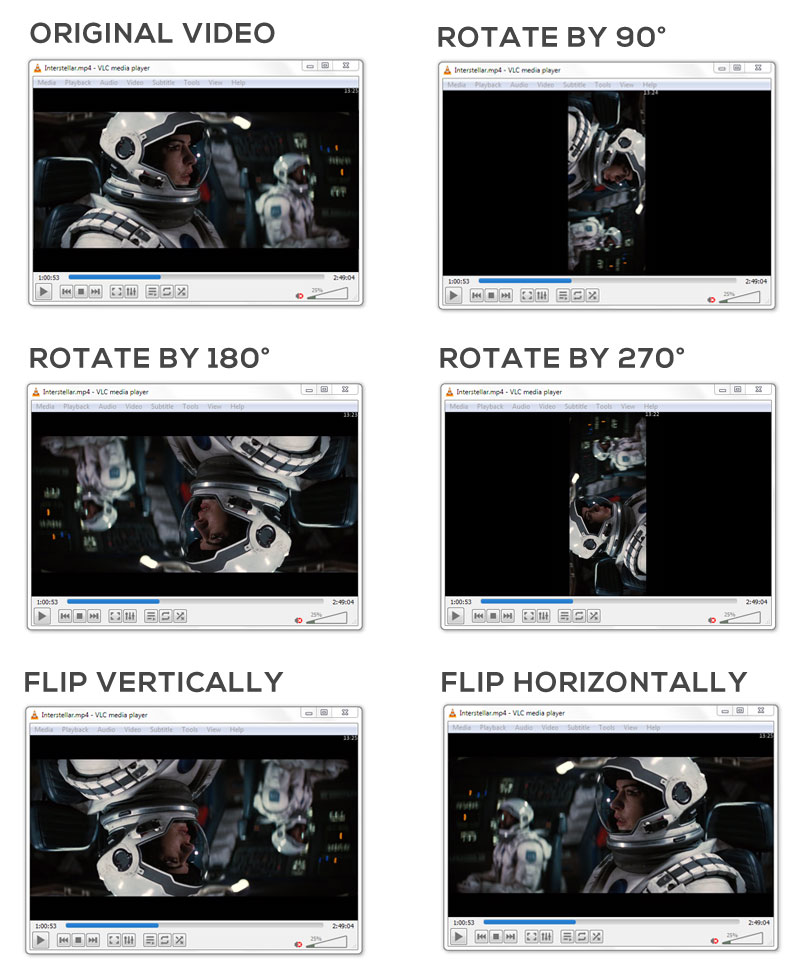
The presence of a gapped ESR mode with unusual nonlinear frequency-field dependence is revealed experimentally. Magnetic excitations in the strong- leg quantum spin ladder compound (C7H10N) 2CuBr4 (known as DIMPY) in the field-induced Tomonaga-Luttinger spin-liquid phase are studied by means of high-field electron spin resonance (ESR) spectroscopy.

We also consider two different model systems and explore stable phases in half and quarter filling factors. We use a state-of-the-art implementation of the DMRG algorithm and finite size scaling to simulate large system sizes with high accuracy. The ground-state phase diagram of a two-leg fermionic dipolar ladder with inter-site interactions is studied using density matrix renormalization group (DMRG) techniques. Two-leg ladder systems with dipole–dipole Fermion interactions Nocera, Alberto Wang, Yan Patel, Niravkumar D. Finally, we discuss the implications of our results for neutron scattering and resonant inelastic x-ray scattering experiments on two-leg ladder cuprate compounds.« less Overall, our analysis shows that FLEX works surprisingly well for spin excitations at weak and intermediate Hubbard U values even in the difficult low-dimensional geometry such as a two-leg ladder. For the charge response, FLEX can only reproduce the main features of the DMRG spectra at weak coupling and high doping levels, while it shows an incoherent character away from this limit.

However, while at weak Hubbard repulsion both the spin and charge spectra can be understood in terms of weakly interacting electron-hole excitations across the Fermi surface, at intermediate coupling DMRG shows gappedmore » spin excitations at large momentum transfer that remain gapless within the FLEX approximation. Our calculations reveal that FLEX can capture the main features of the magnetic response from weak up to intermediate Hubbard repulsion for doped ladders, when compared with the numerically exact DMRG results. Here, we study the magnetic and charge dynamical response of a Hubbard model in a two-leg ladder geometry using the density matrix renormalization group (DMRG) method and the random phase approximation within the fluctuation-exchange approximation (FLEX). Doping evolution of charge and spin excitations in two-leg Hubbard ladders: Comparing DMRG and FLEX results [Doping evolution of charge and spin excitations in two-leg Hubbard ladders: Comparing DMRG and RPA+FLEX results


 0 kommentar(er)
0 kommentar(er)
